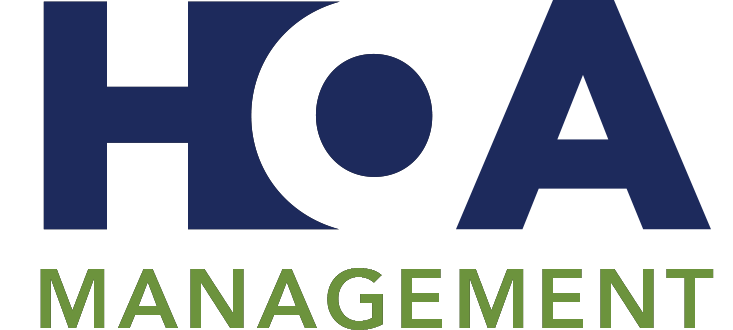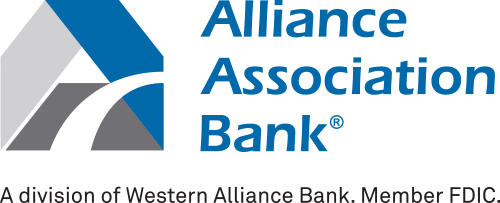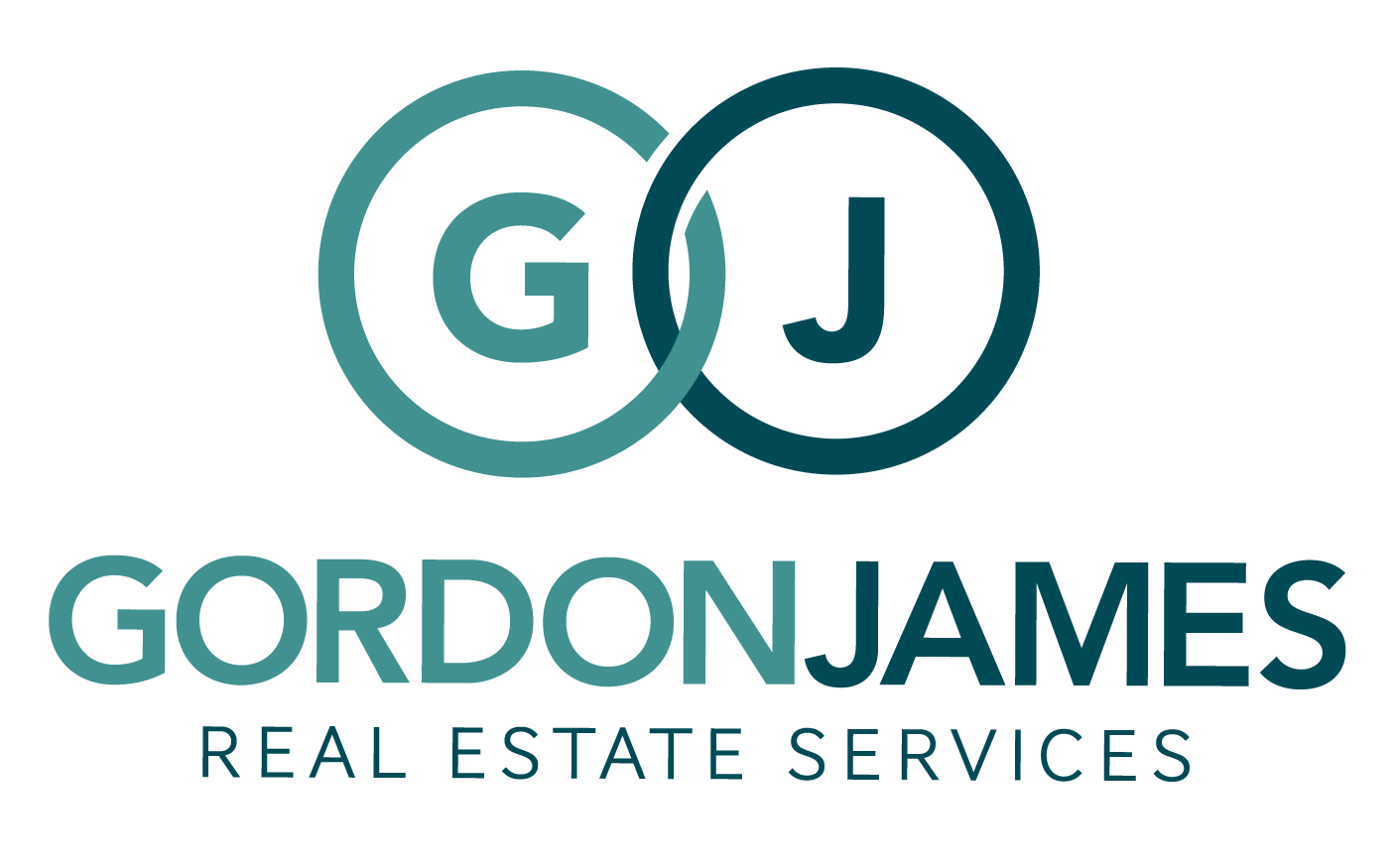Robert’s Rules Of Order Subsidiary Motions: What Are They?

Subsidiary motions in Robert’s Rules of Order play a crucial role in maintaining the smooth flow of meetings. Organizations, including homeowners associations, stand to gain valuable insights by comprehending these motions and their various forms.
Browse By Category
Sign up for Our Newsletter
Subsidiary motions in Robert’s Rules of Order play a crucial role in maintaining the smooth flow of meetings. Organizations, including homeowners associations, stand to gain valuable insights by comprehending these motions and their various forms.
Types of Robert’s Rules of Order Subsidiary Motions
In accordance with Robert’s Rules of Order, a subsidiary motion constitutes a group of motions designed to handle or address the main motion. These motions contribute to shaping or influencing the discussion and decision-making process pertaining to the main motion.
Subsidiary motions include postpone indefinitely, amend, refer to a committee, committee (or quasi-committee) of the whole, consider informally, postpone to a certain time, postpone to a certain time made into a special order, limit or extend the limits of debate, previous question (close debate), and lay on the table.
Let’s break down each one below.
Postpone Indefinitely
- Objective: Halt discussion on the main motion without a direct vote during the meeting.
- Needs a second? Yes.
- Amendable? Yes, but adjustments to the main motion are allowed while discussing this motion.
- Debatable? Yes, with the focus on the main motion.
- Majority vote required for approval? Yes.
- Reconsideration possible? Only for those who initially voted in favor.
- Outcome: Temporarily sets aside the main motion for the session.
The motion to postpone indefinitely holds the lowest priority among subsidiary motions, allowing members to propose more significant motions mid-discussion. Furthermore, alterations to the main motion, committee referral, postponement to a specific time, or deferral for later consideration are all possible.
If the main motion is referred to a committee while the motion to postpone indefinitely is under consideration, the latter doesn’t accompany the main motion to the committee. Referring the motion to a committee signals a desire for further exploration rather than outright dismissal.
Members can conclude, limit, or extend discussions on postponing indefinitely without affecting the main motion.
Amend
- Objective: Modify the existing motion before any action is taken; proposed changes must be pertinent to the main motion.
- Needs a second? Yes.
- Amendable? Yes, but any subsequent amendment must align with the primary one.
- Debatable? Discussion is confined to the amendment.
- Majority vote required for approval? When amending a motion or document requiring a two-thirds vote for adoption, the proposed amendment only needs a majority vote.
- Reconsideration possible? Yes.
- Outcome: If accepted, the proposed modification is integrated into the current motion.
There are four ways to amend a main motion:
- Insert words within a motion.
- Add words at the end of a motion.
- Strike out words.
- Strike out and insert words.
Anyone can propose changes to a motion by making a motion to amend. The suggested amendment must be pertinent to the main motion and cannot introduce entirely new topics in formal meetings. In case of uncertainty about the relevance of an amendment, members can vote to decide.
An amendment can be in opposition to the main motion while still being related. Moreover, amendments can undergo modifications. The initial change is termed a primary amendment, impacting the main motion. Any subsequent changes to this primary amendment are secondary amendments, exclusively related to the primary one.
Secondary amendments must be pertinent, need a second, and be open to discussion. However, amendments outside of this secondary level are not permitted. It is only possible to consider one set of primary and secondary amendments simultaneously.
Refer to a Committee
- Objective: Delegate a small group to examine a proposal.
Needs a second? Yes. - Amendable? Any detail in the motion can be modified.
- Debatable? Discussion centers on the advantages of referring the motion to a committee.
- Majority vote required for approval? Yes.
- Reconsideration possible? Yes, if the committee hasn’t initiated its investigation.
- Outcome: If accepted, the motion is entrusted to the committee for review and won’t return to the assembly until the committee presents a report or an agreed-upon time for reporting.
This motion aims to collect information by entrusting the pending motion to a committee of selected members for examination. When proposing this motion, state the committee’s name, responsibilities, and the due date for reporting to the membership. Failure to schedule a reporting date may result in the motion stalling without progress.
Committee (or Quasi-Committee) of the Whole
- Objective: Convert a large- or medium-sized assembly into a committee for collaborative action.
- Needs a second? Yes.
- Amendable? Yes.
- Debatable? Yes.
- Majority vote required for adoption? Yes.
- Reconsideration possible? The negative can be reconsidered. The affirmative can be reconsidered only until the assembly goes into committee of the whole.
- Outcome: If approved, the assembly transforms into the committee, handling the motion referred to it similarly to how a standard committee conducts its work.
This alternative to “refer to a committee” permits a substantial assembly to operate as a committee of the whole. The advantage is that members can express their views multiple times on an issue. However, any actions taken by the committee of the whole are suggestions and not definitive decisions.
The presiding officer designates the chair of the committee of the whole, with the secretary documenting its proceedings. Exceptionally large assemblies may designate an assistant secretary. During voting, members cannot reconsider as the vote is a mere recommendation. The committee’s chair then reports to the assembly, initiating a discussion and voting on the recommendations.
A comparable motion is the “quasi-committee of the whole for medium-size assemblies.” In this version, the presiding officer retains the chair, and the secretary records both votes and recommendations. The chair relays decisions to the regular assembly for review, unless a member proposes to dismiss the subject from further consideration.
Consider Informally
- Objective: Enable the assembly to partake in an informal discussion.
- Needs a second? Yes.
- Debatable? Yes.
- Majority vote required for adoption? Yes.
- Reconsideration possible? Only the negative vote is subject to reconsideration.
- Outcome: Upon approval, this motion allows the assembly to operate informally as a committee. It eliminates constraints on debating the main motion and any suggested amendments. Other motions adhere to standard debate regulations. A two-thirds vote can impose restrictions on speech duration or number or bring the debate to a close.
“Consider informally” resembles “refer to a committee” but applies more to assemblies comprising fewer than 50 members. Engaging in informal consideration eliminates constraints on debate, affording members greater freedom of speech. The usual presiding officer retains control, and it doesn’t establish a distinct committee. Decisions made through votes during informal consideration are conclusive and not subject to further voting.
To bring informal consideration to a close, a member can propose transitioning to formal consideration, necessitating a majority vote. Once the motion is either temporarily or definitively resolved, informal consideration concludes, and the conducted business is documented in the meeting minutes.
Postpone to a Certain Time
- Objective: Postponement of decision-making.
- Needs a second? Yes.
- Adjustment possible to the time element.
- Debatable? Yes, centered on reasons for postponement.
- Majority vote required for approval? Yes.
- Reconsideration possible? Yes.
- Outcome: Discussion and decision deferred to a later point in the meeting. If deferred to the subsequent meeting, the motion surfaces under general orders and unfinished business.
Specific time limitations bind the motion to postpone. It cannot extend beyond a quarterly timeframe or the following regular business meeting, depending on which comes first. It is crucial to recognize that employing the motion to postpone does not serve as a method to eliminate a motion. Upon approval of the motion to postpone to the next meeting, the agenda will reflect the motion in question as part of unfinished business and general orders.
Postpone to a Certain Time Made into a Special Order
- Objective: Establish a designated time for addressing a motion.
- Needs a second? Yes.
- Debatable? Yes.
- Amendable? The allocated time is subject to modification.
- Two-thirds majority vote required for approval? Yes.
- Reconsideration possible? Yes.
- Outcome: Upon approval, this motion guarantees the deliberation of a motion at the specified time, even in the presence of other pending business. (Members can opt to set aside the special order if they prefer not to discuss it at that time.)
Members may make this motion by stating, “I move to postpone the motion to…and make it a special order for…”
Limit or Extend the Limits of Debate
- Objective: Regulate the length of discussion, the frequency of individual speeches, or impose a time constraint on a particular motion (e.g., restricting the entire debate to 30 minutes).
- Needs a second? Yes.
- Amendable? Adjustable time element.
- Debatable? No.
- Two-thirds majority vote required for adoption? Yes.
- Reconsideration possible? Only an affirmative vote is eligible for reconsideration without debate before the time elapses. If partially completed, reconsideration must occur within the remaining time.
- If the motion is defeated, it can be reintroduced after some advancement in the debate.
- Outcome: Modifies the standard rules of debate.
In assemblies lacking explicit regulations, a participant has the liberty to address a motion twice, 10 minutes per time. To modify this limit, a member can suggest a motion to prolong or curtail the debate.
Conventions might already stipulate rules regarding discussion durations. In these instances, a member can propose an extension of these limits when transitioning to the next agenda item. A two-thirds majority vote is essential for the approval of this motion, given its impact on the individual members’ rights.
Previous Question (Close Debate)
- Objective: End discussion and jump to voting.
- Needs a second? Yes.
- Amendable? No.
- Debatable? No.
- Two-thirds majority vote required for approval? Yes.
- Reconsideration possible? Yes, without debate until the vote on the ongoing motion is conducted. If declined, it can be reintroduced after some advancement in the discussion.
- Outcome: Upon approval, members cast their votes on the existing motion without additional discussion. If applied to all pending motions, a unified vote is conducted on each of them.
To conclude a discussion, a member needs to suggest the motion for the previous question. This demands a two-thirds majority vote. Just shouting “Question!” doesn’t automatically halt the debate; rather, members must formally introduce and endorse it.
This motion becomes relevant when a member thinks the discussion has gone on too long. It aims to expedite the process by swiftly moving to a vote to make things efficient.
Lay on the Table
- Objective: Temporarily suspend the main motion for an urgent matter without the intention of concluding or postponing it.
- Needs a second? Yes.
- Amendable? No.
- Debatable? No.
- Majority vote required for adoption? Yes.
- Reconsideration possible? No. In case of approval, members can subsequently resume the main motion and its related motions from the table. If rejected, it can be proposed again following further debate when another urgent matter arises.
- Outcome: If adopted, this motion temporarily places the main motion and its related motions on hold, awaiting a proposal to bring them back from the table.
Lay on the Table Explained
Members often misuse the motion “lay on the table” in meetings, using it either to end a motion or to postpone it. When members adopt this motion, it allows an immediate end of consideration for the motion. However, it also removes the right to debate, as it only requires a simple majority vote instead of a two-thirds vote.
If a motion is laid on the table and the meeting concludes before it is retrieved, it will not automatically reappear on the agenda for the next meeting. Members must actively reintroduce it from the table at the next meeting.
In cases where a member fails to share the reason for making this motion, the chair should ask. If the member aims to kill the motion, the chair may declare it out of order and recommend “postpone the motion indefinitely” instead, if applicable.
Members cannot table a motion and propose a conflicting motion afterward. Incorrect use of the motion must prompt the chair to declare it out of order and outline the proper procedure. If the chair fails to do so, a member can raise a point of order.
Laying a motion on the table also sets aside relevant subsidiary motions. Although the organization documents the motion in the minutes, the agenda doesn’t automatically reflect it. Members must motion to “take from the table” if they wish to revisit it. The motion dies if members fail to do so at the next meeting. Members must then reintroduce it as a new main motion.
Robert’s Rules of Order on Subsidiary Motions Concluded
Navigating the subsidiary motions outlined in Robert’s Rules of Order ensures productive and streamlined decision-making during meetings. These motions are vital in overseeing the discussion’s progression, modifying proposals, and regulating the meeting pace. However, numerous HOA boards don’t understand these motions, leading to a need for an HOA management company.
Up Next:
- Understanding Robert’s Rules Of Order Privileged Motions
- What Are Robert’s Rules Of Order Incidental Motions?
- Robert’s Rules Of Order Renewing A Motion: What To Do
Trending Now
Related Article
Sign up for Our Monthly Newsletter
Sign up below for monthly updates on all HOA Resource
















